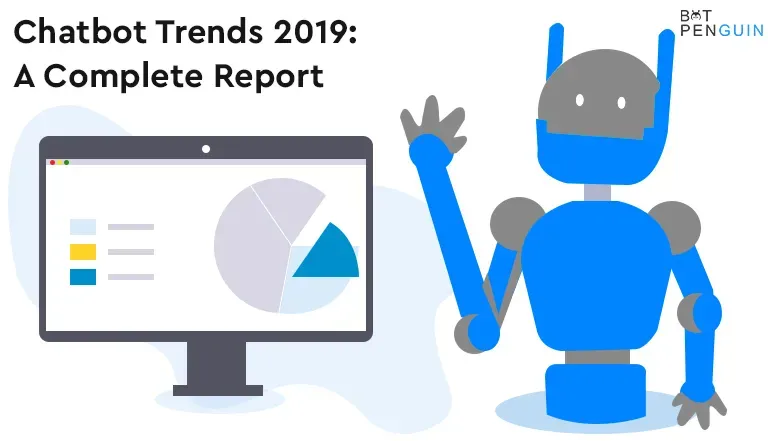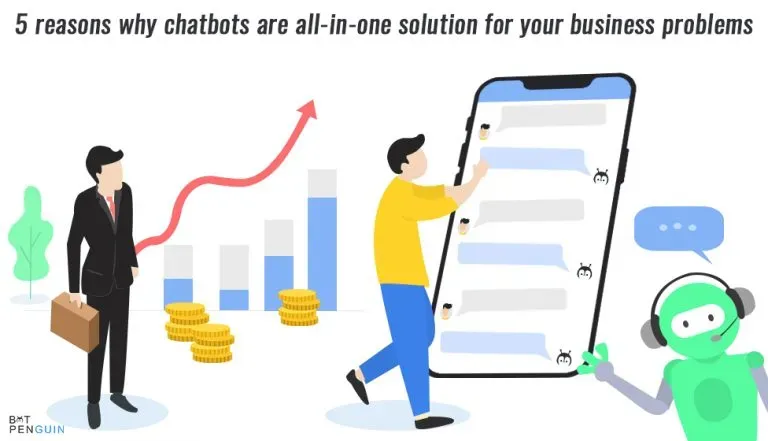Introduction
Two powerful conversational AI models—ChatGPT and Gemini — have captured the attention of users and industry experts alike. Developed by OpenAI and Google, respectively, these language models have ushered in a new era of human-machine interaction and are revolutionizing the way we communicate and access information.
According to a recent report by Markets and Markets, the global conversational AI market is expected to grow from $6.8 billion in 2022 to $18.4 billion by 2027, at a Compound Annual Growth Rate (CAGR) of 21.9% during the forecast period (Source: Markets and Markets).
ChatGPT and Gemini (formerly Bard) have emerged as frontrunners in this rapidly growing market with their impressive language understanding and generation capabilities. Thus offering users a seamless and intuitive way to interact with AI.
As these language models continue to evolve and garner widespread adoption, it becomes increasingly important to understand their strengths, limitations, and unique characteristics.
In this comprehensive comparison, we'll examine ChatGPT and Gemini's key features, performance metrics, and real-world applications.
Applications of AI Language Models (Content Creation, Chatbots, Machine Translation)
AI language models are used in various applications, such as:
Content Creation
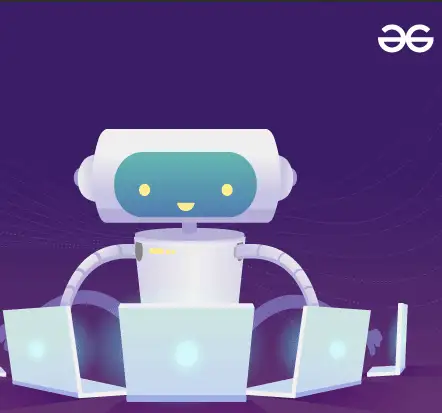
AI language models can generate high-quality content autonomously at scale. This ability has significant implications for content creation within different industries.
It reduces the time and resources needed to create content while increasing its efficiency and accuracy.
AI Language models can also optimize content to fit the intended target audience.
Thus reduce barriers for non-native speakers, and help businesses become more inclusive and globally focused.
Chatbots
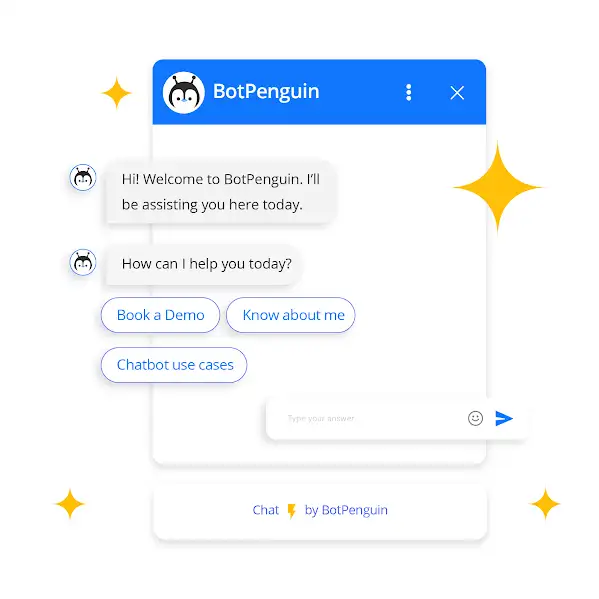
AI language models power chatbots, which can communicate with humans in natural language and provide human-like responses.
Chatbots powered by AI language improve customer experiences by providing personalized interactions.
They also resolve issues quickly and efficiently and reduce the need for human intervention on simple tasks.
Chatbots are also increasingly employed in health care, education, and banking. Thus allowing conversations between users and the AI model.
Machine Translation
AI language models can translate text from one language to another in real time, thus improving global communication and breaking down language barriers.
Machine translation algorithms are trained on vast amounts of data and constantly improve their language understanding capabilities.
The use of AI models allows for enhanced accuracy and speed, reducing manual efforts for translating content across languages.
In addition to these applications, AI language models have several other use cases, such as speech recognition, sentiment analysis, and text synthesis.
As these models evolve, so will their capabilities and the range of possibilities for their use.
Understanding the Core Technologies
In this section, we will explore two powerful AI technologies: ChatGPT and Gemini. These technologies transform conversational AI and enable more human-like interactions between machines and humans.
ChatGPT: Exploring the GPT-n Architecture
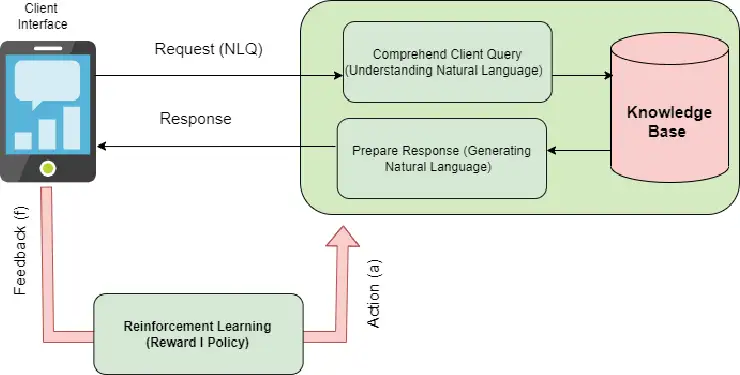
ChatGPT is built upon the Generative Pre-trained Transformer (GPT) technology. Let's dive into how GPT works and its significance.
GPT, which stands for Generative Pre-trained Transformer, is an advanced deep learning architecture that leverages transformers, a type of neural network, to generate text.
GPT is trained on massive amounts of text data and learns to predict what comes next in a given sequence of words.
This pre-training allows GPT to understand the context and generate human-like responses.
By using the power of transformers, GPT can capture long-range dependencies in language and consider the broader context when generating responses.
This technology enables machines to understand and produce text that is coherent and contextually relevant.
BotPenguin is a chatbot platform that allows you to create ChatGPT-driven chatbots for multiple platforms such as WhatsApp, Facebook, Instagram, Telegram, Website, Shopify, WooCommerce, Squarespace, and WordPress.
It helps businesses quickly build chatbots for engagement, lead generation, marketing automation, customer support, eCommerce, & any other custom purpose.
- Marketing Automation
- WhatsApp Automation
- Customer Support
- Lead Generation
- Facebook Automation
- Appointment Booking
GPT-3 vs GPT-4: Exploring the Evolution of ChatGPT's Capabilities (Free vs Paid Options)
GPT-3, the third iteration of the GPT series, made headlines for its impressive language generation capabilities.
It attracted attention due to its naturalness in generating text and its ability to hold meaningful conversations with users.
However, GPT-3 has limitations in the context of free usage, such as word limits and restricted access for large-scale use cases.
GPT-4 offers enhancements to overcome some of these limitations. It provides improved contextual understanding, reduces errors, and offers refined language generation capabilities.
With GPT-4, some of the previous restrictions of GPT-3 might be lifted, enabling more flexibility and power in generating high-quality text.
Keep in mind that while GPT-3 and GPT-4 offer free options, more advanced features and capabilities might require a paid subscription. This ensures continued support and improvement of the technology by the developers.
Gemini: Powered by Google's LaMDA and PaLM
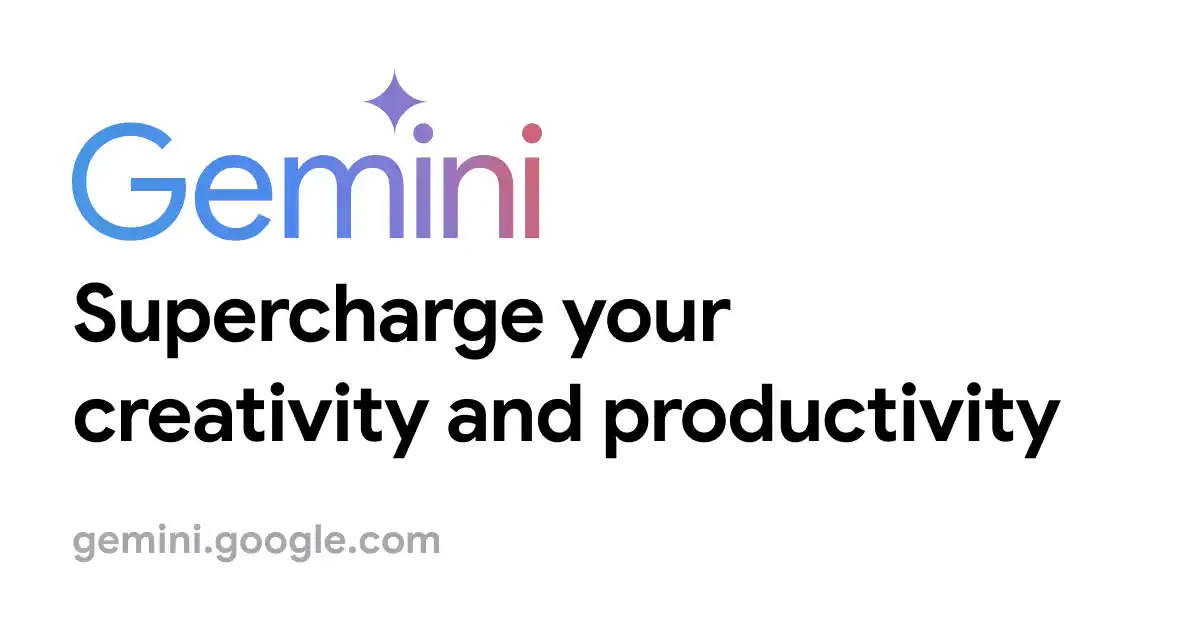
Gemini (formerly Bard) is another innovative conversational AI technology that combines the power of two key components: LaMDA and PaLM. Let's delve into each of them.
LaMDA - The Foundation of Gemini's Conversational Abilities
LaMDA, which stands for "Language Model for Dialogue Applications," focuses on improving the conversational abilities of AI systems.
It aims to make interactions more dynamic and free-flowing, allowing users to have more natural conversations with the AI model.
LaMDA is trained on a diverse range of conversations, helping it understand and respond contextually.
It enables AI systems to provide more accurate and insightful answers to user queries, making conversations feel more human-like.
Suggested Reading:
LaMDA: How Google is Making AI More Human-Like
PaLM - The Powerhouse Behind Gemini's Knowledge and Reasoning
PaLM, or "Pattern-attentive Multi-task Learning," is an important component of Gemini's architecture. It focuses on knowledge and reasoning capabilities, allowing the AI model to understand complex queries and provide intelligent responses.
PaLM is trained on a large corpus of text, equipping it with a vast array of factual information and the ability to reason and derive insights from it.
This enables Gemini to provide accurate and well-informed responses to a wide range of questions and prompts.
By leveraging LaMDA and PaLM together, Gemini offers an enhanced conversational experience, making interactions with AI systems more dynamic, informative, and engaging.
Strengths and Weaknesses: A Comparative Analysis
Let's examine the strengths and weaknesses of two powerful AI technologies: ChatGPT and Gemini. We'll compare their key features to help you better understand their capabilities.
Here's a comparison table summarizing the strengths and weaknesses of ChatGPT and Gemini in text generation, creative content, question answering, and information retrieval:
| Text Generation | Creative Content | Question Answering | Information Retrieval |
ChatGPT | - Human-like, coherent text generation | - Versatile for various content needs | - Flexible in handling diverse queries | - Proficient in providing informative responses |
| - Ability to adapt to different writing styles |
| - May have occasional inaccuracies |
|
Gemini | - Conversational and engaging content | - Dynamic and interactive experience | - Real-time access to knowledge and insights | - Extensive knowledge base and reasoning |
| - Richness in responses |
| - Capable of handling complex questions |
|
| - Emphasis on interactive dialogues |
| - Constraints on dataset size and specific domains |
|
By considering these strengths and weaknesses, you can make a more informed decision about which technology aligns better with your requirements.
Accessibility and Integration: How Can You Use Them?
When it comes to accessibility and integration, both ChatGPT and Gemini (formerly Bard) offer different options to suit your needs. Let's dive into how you can access and use each of these AI technologies.
Accessing ChatGPT
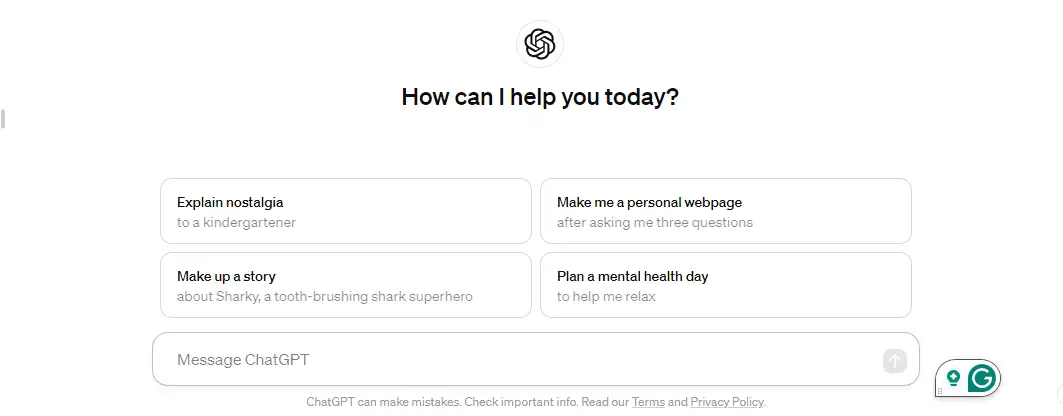
If you're interested in exploring ChatGPT, you have two options:
Free access
Paid subscription
The free access provides a convenient way to try out ChatGPT's capabilities without any cost.
However, with free access, there may be limitations on availability during peak times, and the wait time might be longer.
On the other hand, by opting for a subscription plan, you can enjoy benefits like faster response times, priority access, and potentially enhanced features. The paid subscription option gives you a more reliable and seamless experience with ChatGPT.
Utilizing Gemini Upto to its Max Potential
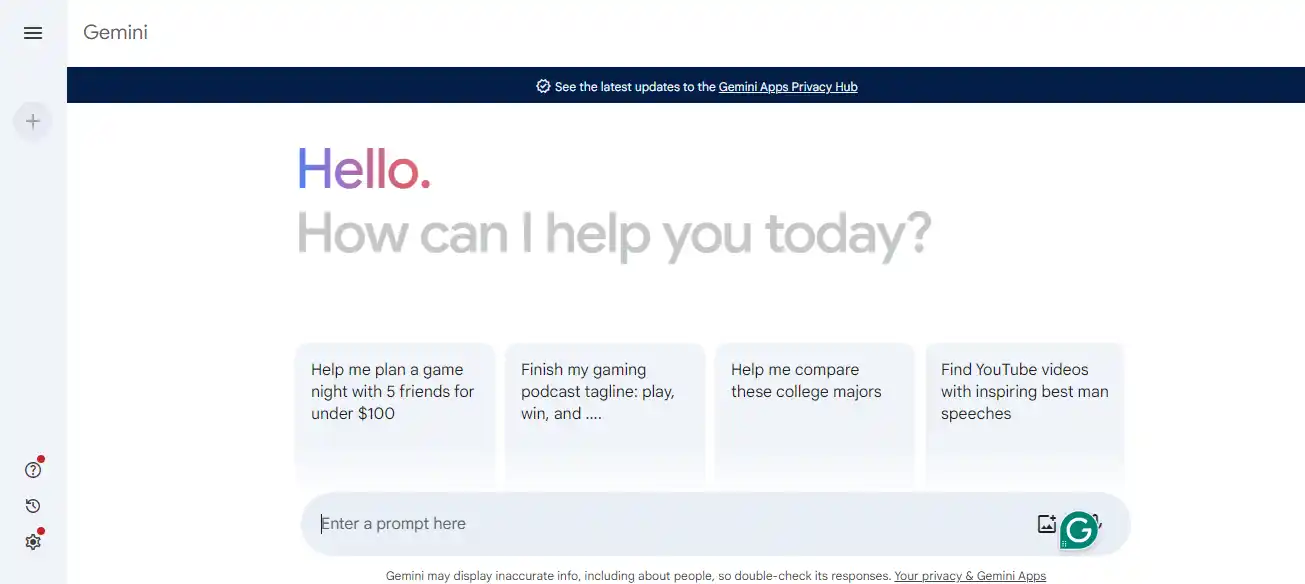
Gemini, being a newer technology, is currently available in limited capacities. Its accessibility is primarily through demos and select applications.
However, as the technology progresses, we can expect wider availability and integration options in the future.
As for integration, both ChatGPT and Gemini offer possibilities for seamless connectivity with existing systems.
By leveraging their APIs and software development kits (SDKs), developers can integrate these AI technologies into their applications, products, or services.
Integration Potential: Seamlessly Connecting with Existing Systems
Integrating AI technologies like ChatGPT and Gemini with your existing systems can enhance your overall workflow and user experience. Let's explore each technology's integration capabilities.
Exploring Integration Possibilities with ChatGPT
ChatGPT is designed to be easily integrated into different applications and platforms. Its API documentation and developer resources provide the necessary information and guidance to streamline the integration process.
By integrating ChatGPT into your systems, you can leverage its powerful text generation capabilities and enhance the conversational interfaces of your applications.
Suggested Reading:
Supercharge Your Chatbot with Custom ChatGPT Integrations
Evaluating Gemini's Integration Capabilities
Gemini, equipped with Google's LaMDA and PaLM technologies, offers promising integration possibilities.
While the current availability might be limited, developers can anticipate more comprehensive integration options as Gemini evolves.
Integration with Gemini can bring dynamic and engaging conversation experiences to your applications, making them more interactive and insightful.
The Final Verdict: Choosing the Right AI Language Model for Your Needs
When it comes to AI language models, the right choice depends on your specific requirements and goals.
In this article, we'll compare two popular models: ChatGPT and Gemini. By understanding their key differences and considering their unique strengths, you can make an informed decision.
Considering Your Specific Requirements: Matching Features to Your Goals
To choose the right AI language model, it's essential to evaluate your specific requirements and match them to the features offered by each model.
Consider factors such as the type of text generation you need, the level of creativity desired, the capability for question answering, and the importance of information retrieval in your use case.
A Summary of Key Differences: ChatGPT vs Gemini
Let's quickly compare ChatGPT and Gemini using a table format. This will give you a clearer picture of the strengths and differences between them.
Text Generation | Creative Content | Question Answering | Information Retrieval | |
ChatGPT | Human-like, coherent text generation | Versatile for various content needs | Flexible in handling diverse queries | Proficient in providing informative responses |
Gemini | Conversational and engaging content | Dynamic and interactive experience | Real-time access to knowledge and insights | Extensive knowledge base and reasoning |
Conclusion
ChatGPT and Gemini have emerged as trailblazers, each offering a unique set of strengths and capabilities. While ChatGPT's prowess lies in its broad knowledge base and remarkable language generation abilities, Gemini's forte lies in its seamless integration with Google's ecosystem and its potential for continuous learning and improvement.
According to a recent study by AI Analytics, organizations that have successfully integrated these conversational AI models into their workflows have reported a 25% increase in customer satisfaction and a 20% reduction in response times compared to traditional methods (Source: AI Analytics, "Conversational AI Integration: Enhancing Customer Experiences," 2023).
As the demand for intelligent, context-aware, and personalized interactions continues to grow across industries, the impact of ChatGPT and Gemini is poised to be transformative.
From streamlining customer support and enhancing digital assistants to driving breakthroughs in content creation and knowledge dissemination, these powerful language models are set to shape the future of human-machine communication.
While the debate between ChatGPT and Gemini may continue, one thing is certain: their emergence has ushered in a new era of conversational AI, paving the way for more advanced and intuitive language technologies that will redefine how we interact with machines and access information.
Frequently Asked Questions (FAQs)
What is the difference between ChatGPT and Gemini?
ChatGPT and Gemini are both AI language models, but they have different training methods. ChatGPT is trained in a dialog format, while Gemini is trained using a mix of supervised and reinforcement learning.
Which AI model, ChatGPT or Gemini, is better for generating coherent and context-aware responses?
Both models perform well in generating coherent and context-aware responses. However, Gemini's training approach gives it an edge in maintaining longer-term conversation context and providing more accurate responses.
Can ChatGPT and Gemini understand and respond accurately to complex or technical questions?
Yes, both models can understand and respond to complex or technical questions to some extent. However, Gemini's training with reinforcement learning allows it to handle a wider range of topics and provide more accurate answers in such scenarios.
Are ChatGPT and Gemini available for public use or only for research purposes?
Both ChatGPT and Gemini are available for public use. You can access them through specific platforms or APIs provided by OpenAI for various applications, including chatbot development and conversational AI.
Can I fine-tune ChatGPT or Gemini for specific tasks or industries?
Currently, OpenAI only supports fine-tuning of ChatGPT. Gemini, on the other hand, is not available for fine-tuning. However, both models have general capabilities that can be applied to a wide range of tasks and industries.

